Six reasons to buy an EV in 2021
Choosing EV instead of ICE makes more sense than ever as a new year dawns…
Here are six reasons to buy an EV in 2021.
1. EVs are more efficient
Critics like to point out that an EV running on electricity generated in coal-fired power stations doesn’t do much to reducing global warming. But no-one can dispute the fact that EVs are way more energy efficient that ICE-powered vehicles.
The best internal-combustion engines transform around 30 percent of the energy in the fuel they burn into power to turn the wheels. An electric motor, on the other hand, can convert about 90 percent of the energy stored in its battery into propulsive power.
And thanks to the magic of regenerative braking, an EV can recycle some of the energy it consumed to increase speed. Slowing down in an EV means adding charge to the battery, something an ICE-powered car can never do.
This phenomenon means that an EV is most energy-efficient in stop-and-start urban driving. It will use fewer kWh to drive 100km in town than on the highway, the exact opposite of ICE-powered vehicles, and Australians do the great majority of their driving in the city.
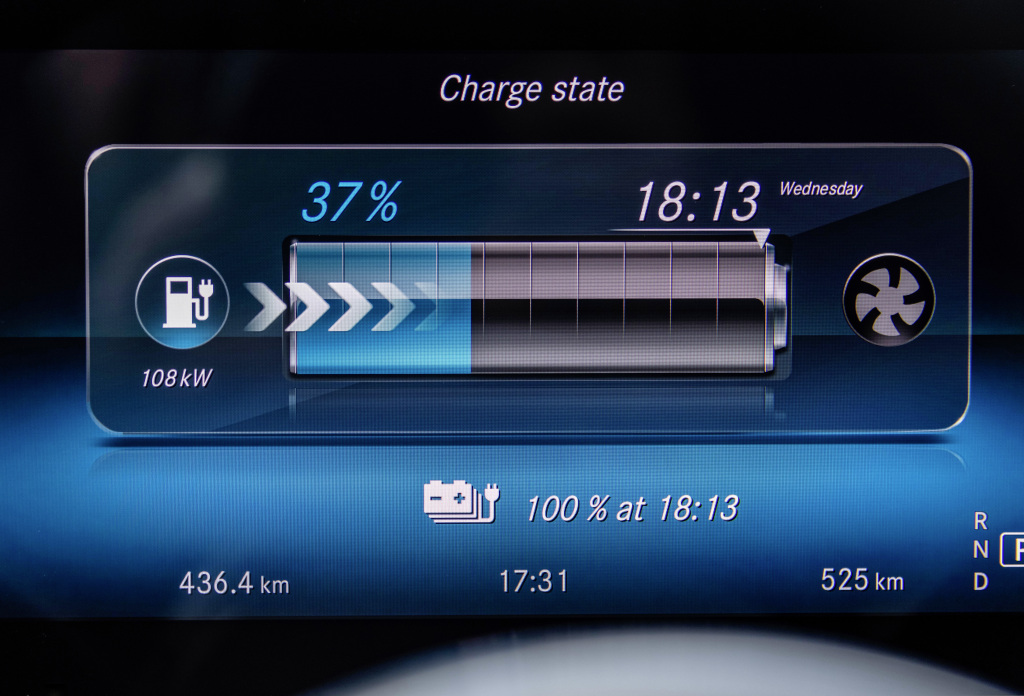
Depending on their size, shape, weight and performance, EVs typically use between 15 and 30kWh to drive 100km. It’s possible to compare the energy content of a kWh to a litre of petrol. Do the maths, and these figures are the equivalent of fuel consumption of around 1.5 to 3.0L/100km. That’s what you’d expect to get from a small motor scooter, not a fast car like a Tesla Model S.
So when we’re no longer so reliant on burning fossil fuels to generate our electricity, EVs will make efficient use of the power generated by renewables.
As the grid is greened, the emissions from generating the power to run an EV will fall. If, that is, it’s not already being run on electricity from a rooftop solar power at home or energy bought from a certified green supplier. The emissions of an ICE-powered vehicle, on the other hand, will remain unchanged throughout its entire life.
2. EVs don’t run on imported energy
Running an EV means you’ll be using Made-in-Australia energy. This isn’t the case with an ICE-powered car.
Today, around 90 percent of the fuel Australians use to run their petrol- and diesel-burning vehicles is imported. Oil production in Australia is declining and local refineries are shutting down.
But all our electricity, however it’s generated, is home grown.
3. EVs have low running costs
Fossil fuels are relatively inexpensive in Australia, while electricity is relatively costly. As a result, the price paid for the energy needed to drive an EV 100km usually isn’t that much less than for an ICE-powered car.
But EVs save a lot of money when it comes to maintenance. Unlike anything with an ICE under the bonnet, they don’t have need regular oil changes, coolant checks, new filters, belts, chains or spark plugs.
And EVs are barely use their brake pads. Regenerative braking does much of the work of slowing them down, and this is a no-wear process.
4. (Almost) No more visits to the servo
For day-to-day running an EV will mostly use charge delivered at home or the workplace, through a wallbox.
Only when making long trips will an EV driver need to use the kind of fast public chargers usually located in motorway service centres.
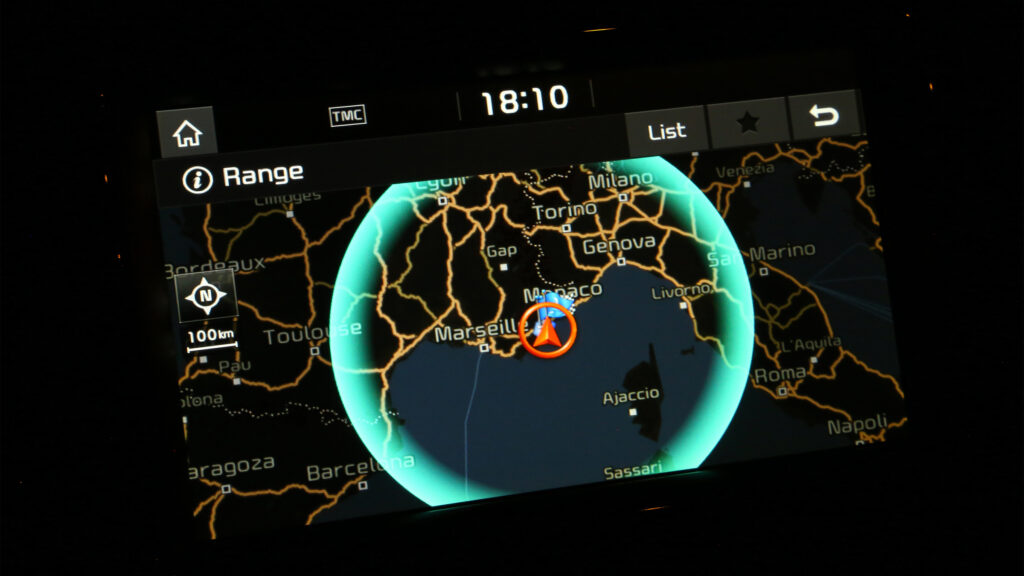
Or you can charge at your destination, one of the many places EVs can typically be charged.
5. EVs are great to drive
EVs make ICE-powered cars feel crude and old-fashioned. As one Formula One driver put it, an EV like the Porsche Taycan makes “a combustion engine feel like steam power”.
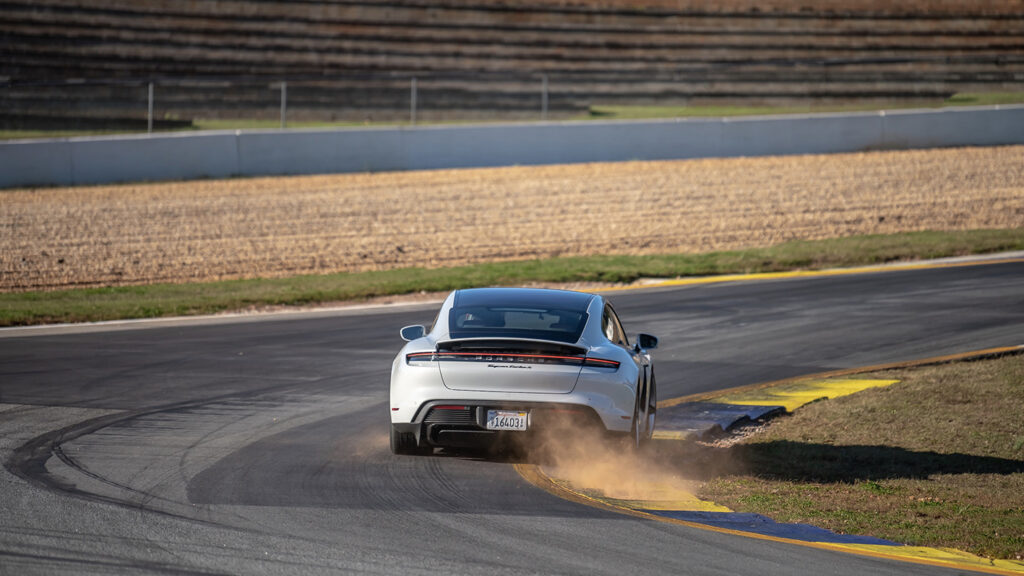
Electric motors are smooth and quiet. In the vast majority of EVs there’s no jerky shifting between gears, because they have only one.
It all adds up to a more serene driving experience, one that’s better than anything an ICE can offer.
6. More EVs than ever to choose from
Through 2021 the number of EVs on sale in Australia will grow significantly.
See our comprensive list of 30-plus models covering every EV and plug-in hybrid car coming to Australia in 2021.
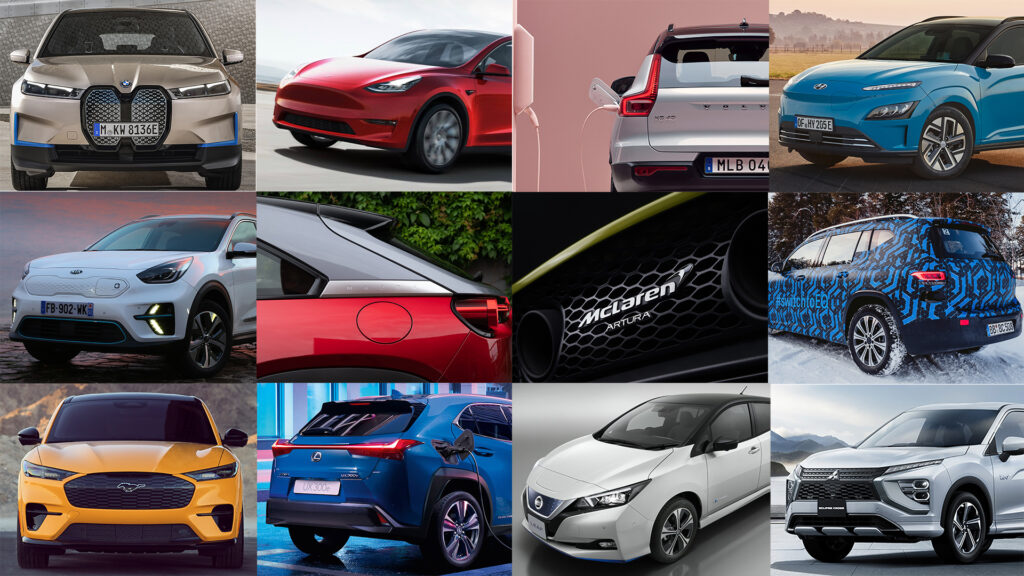
Although a lot of the action is at the top end of the market, a bunch of relatively affordable EVs from Hyundai, Kia, Mazda, Nissan, Tesla and Mercedes-Benz will also go on sale through the course of the year.


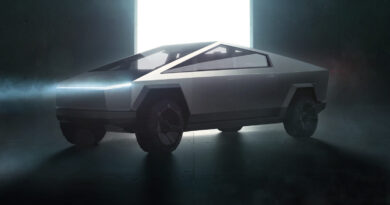
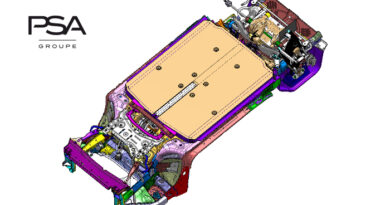
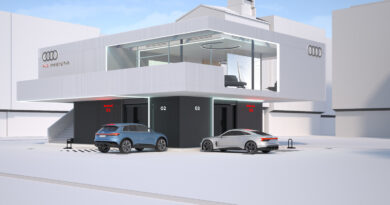
Good article.
Point Two is important IMHO; by transitioning away from fossil fuels our hard-earned dollars stay in the country rather than get exported.
ICE vehicles discharge harmful emissions while the engine is running adding greatly to air pollution particularly in city and suburban areas with serious health effects for humans whereas EVs when using fossil fuel generated electricity produce the harmful emissions generally at country power stations remote from population centres.